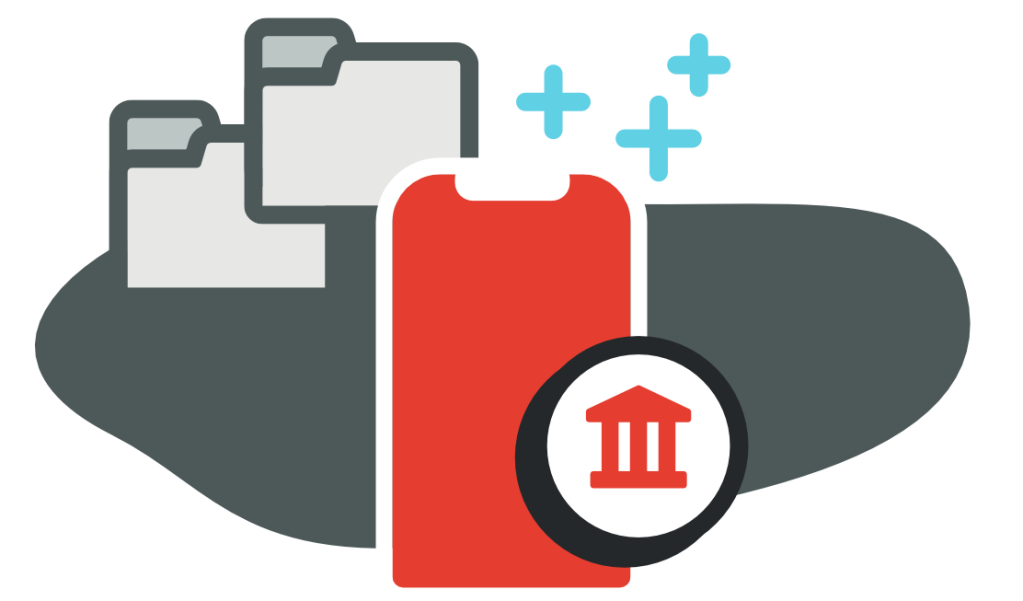7 things small business owners need to know about MTD VAT
Table of Contents
Making Tax Digital (MTD) is the UK government initiative that aims to make it easier for people and businesses to “get their tax right”. HMRC wants to become one of the world’s most digitally advanced tax authorities, and through MTD it’s trying to make tax admin simpler.
In this article, you’ll learn:
• The essentials of MTD VAT
• How MTD VAT applies to small business owners
• How to register for MTD VAT
When to register for VAT
You must register for VAT if:
- you expect your limited company’s VAT-taxable turnover to be more than £85,000 in the next 30 days or
- your limited company had a VAT-taxable turnover of more than £85,000 over the last 12 months (although you can apply for an exemption if this was exceptional).
Your limited company can VAT register voluntarily if its VAT-able turnover is less than £85,000. Once registered, you can reclaim any VAT you pay, but you must also charge VAT on your VATable sales, submit VAT returns to HMRC and pay any VAT due.
Sole trader? Read our ultimate MTD Income Tax guide for sole traders
If your limited company needs to become VAT registered (or wants to register voluntarily), here are seven things you should know about Making Tax Digital and VAT.
1. MTD VAT changes have already been introduced
Since April 2019, VAT-registered businesses with a VATable turnover above the VAT-registration threshold (currently £85,000 a year) have needed to keep digital VAT records and send their VAT returns to HMRC using MTD-compatible software.
2. An important MTD VAT change is coming in April 2022
Making Tax Digital VAT rules will be extended to all VAT-registered businesses from April 2022, which will affect an estimated 1.1m VAT-registered businesses. For accounting periods that start on or after 1 April 2022, all VAT-registered businesses will need to maintain digital VAT records and submit their VAT returns digitally.
Top tip >> If you plan to do it yourself, take time now to find out how to maintain Making Tax Digital-compliant VAT records and submit your VAT returns. If you’re using an accountant check in with them to make sure they’ve got this covered.
3. Your VAT software must comply with MTD requirements
Under MTD, businesses must maintain digital VAT records and use Making Tax Digital (MTD)-compatible third-party software to submit their VAT returns to HMRC. If you plan to use an accountant or bookkeeper to look after your VAT, check with them that their software is MTD-compliant.

4. There are different types of VAT accounting schemes
When you register for VAT, you can choose from various VAT accounting schemes. Most use Standard Accounting, but others include the Flat Rate, Cash Accounting and Annual Accounting schemes.
Top tip >> Seek advice from an experienced accountant to help you understand the best VAT accounting scheme for your business circumstances.
5. You need to maintain detailed MTD VAT records
For each product or service you supply, your digital records should detail:
- the date you supplied it
- how much you charged (ie price excluding VAT)
- how much VAT you charged.
You also need to include your business name, principal address, VAT registration number and the VAT accounting schemes you use.
6. You need to retain copies of all invoices issued and received
For MTD VAT purposes, you must also keep safe:
- self-billing agreements (i.e. where customers prepare the invoice), their name, address and VAT number
- debit and credit notes
- import and export records (if applicable)
- records of costs for which you can’t reclaim VAT (e.g. business entertainment)
- records of goods you give away or take from stock for private use
- all the zero-rated, reduced or VAT exempt items you buy or sell
- a VAT account (a separate record of the VAT you charge and the VAT you pay on your purchases).
Top tip >> HMRC also requires that your business invoices are sequential and non-duplicative. Creating professional invoices with an app like Countingup will do that automatically for you.

7. MTD VAT registration is easy enough
Most businesses can register online. You’ll then create a VAT online account (AKA a Government Gateway account), which you’ll need to submit your VAT returns to HMRC. You should get your VAT registration certificate within 30 working days. It will detail:
- your VAT number
- when to submit your first VAT return and payment and
- your “effective date of registration” (i.e. the date you went over the VAT threshold or the date you asked to register voluntarily).
Top tip >> Make sure you have compatible software before you sign up to Making Tax Digital for VAT.
Soon, small-business owners will be able to use Countingup, the business current account and accounting software in one app, to easily manage their MTD VAT records directly from their smartphone. Today, use Countingup to keep on top of your business finances, instantly share your data with your accountant, and save time, money and hassle when it comes to tax returns.
Receive actionable business tips weekly
By submitting this form, you confirm that you are 16 years of age or over and that you have read and agree to our Privacy Policy. You can unsubscribe at any time.



